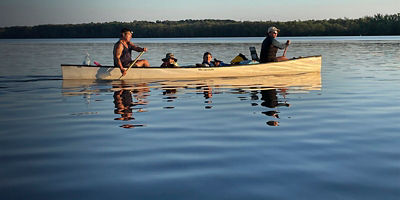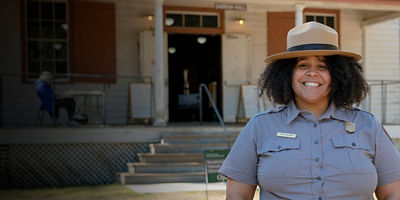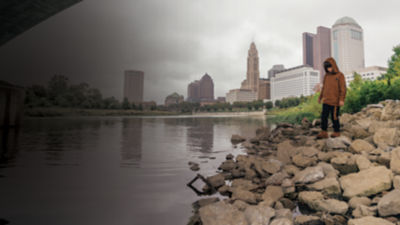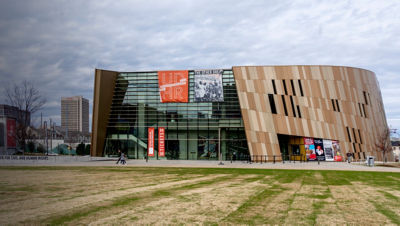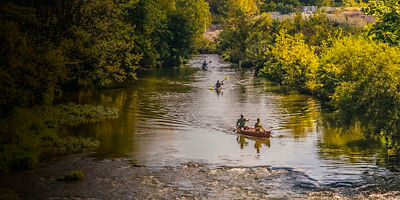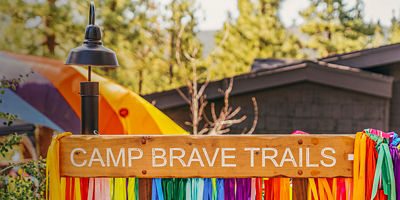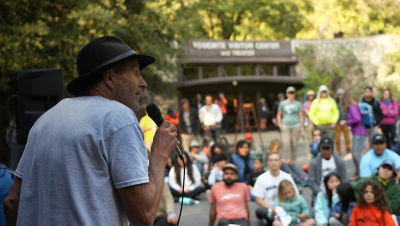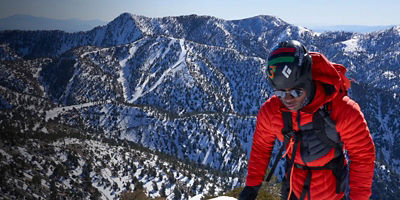
Over one third of the U.S. is public lands—landscapes intended for all to enjoy. These places are managed by various local, state, tribal and federal agencies, yet we can all be stewards of the places we care about by how we act while visiting them and actively participating in their preservation through volunteering. We’re here to tell you that gathering with others to lend a hand is actually really fun! Follow these tips on how you can care for your local public lands.
Step 1: Find Your Local Public Lands
Whether it’s a state park, local land trust or a federally-managed land like a National Wildlife Refuge, there are public lands near you. Learn more about the kinds of lands that make up our 840+ million-acre public land system in the Unites States, why you should visit them and what makes each unique. Some easy finders based on your location are:
- Land Trusts
- State Parks
- National Park Lands
- National Forests and Grasslands
- Bureau of Land Management (BLM) Lands
Step 2. Learn About Those Lands
As part of respectfully and intentionally engaging with a landscape it is important to learn about the history and people of the area, what activities can occur there and how it is managed. Depending on the location there may be visitor centers, interpretive centers or land managers able to help with this onsite, but it doesn’t hurt to do some research ahead of time too.
The first step is learning about the Indigenous history and cultures of the specific lands you’re visiting since Native communities have stewarded the lands that now make up the United States since time immemorial. Here are 6 ways you can respectfully engage with Native communities for your outing.
You can also get to know the people and organizations who are protecting the place. For federally-managed lands like National Parks or National Forests you can peruse the federal agencies dedicated to each specific landscape and what activities they are responsible for. Each national land also has at least one official nonprofit partner and many additional organizations supporting its preservation. For example, the National Park Service’s official nonprofit partner is the National Park Foundation. A quick search using “friends of” along with the public land you’re visiting should give you a sense of what local or regional organizations are supporting preservation and recreation of the area as well. Here’s a quick guide on additional individuals who may be playing a role.















